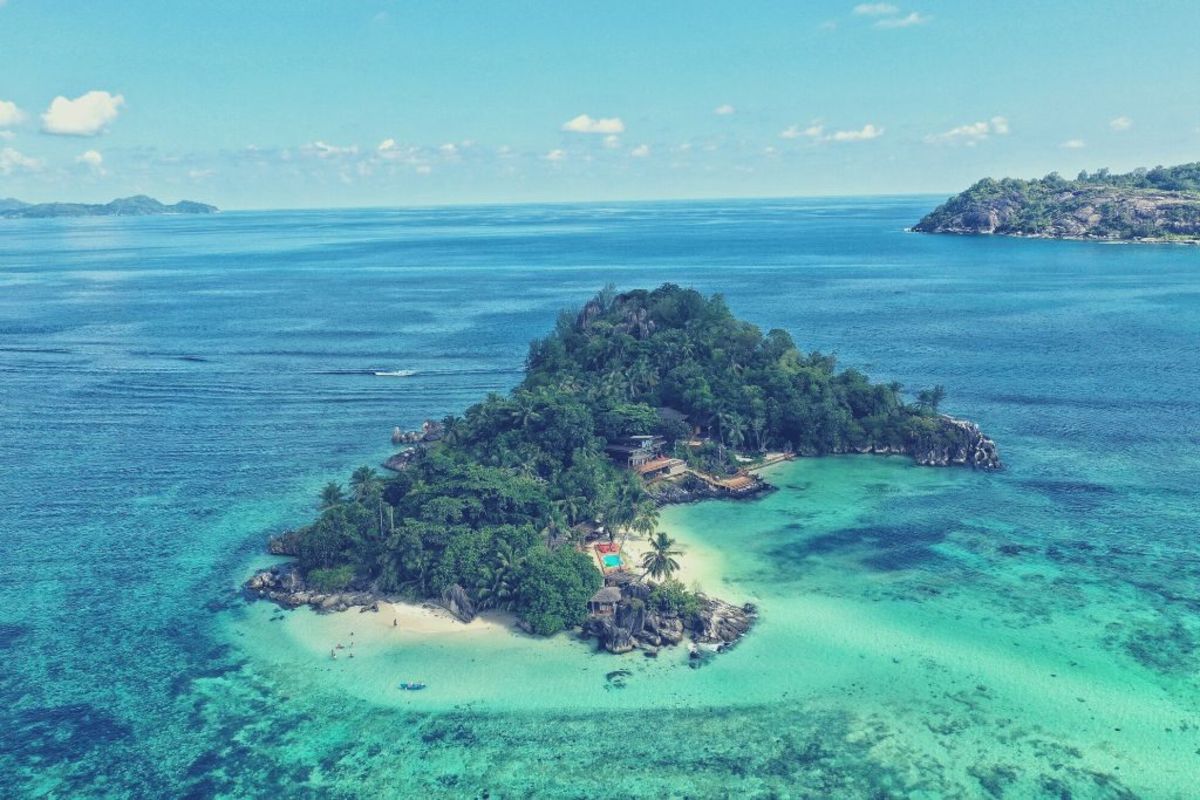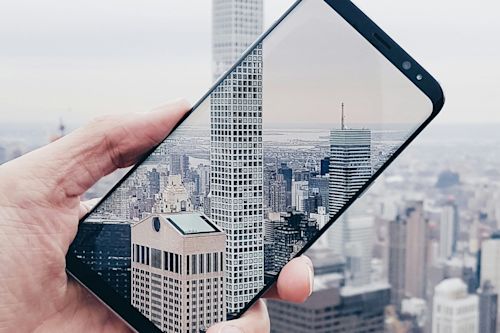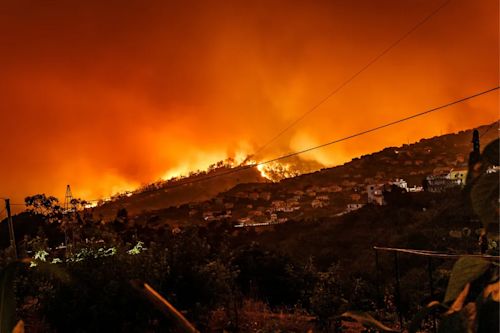Small but impactful: 3 islands that serve as role models for sustainability.

Whether at the Arctic Circle or in tropical waters – islands are among the places most affected by climate change. Although islands contribute only a fraction of global greenhouse gas emissions, the risks of climate change they are exposed to are enormous.
However, many small islands are also potential "innovation centers" in terms of sustainability and climate protection and could inspire the rest of the world to follow their example.
Islands are unique systems where small changes can have a big impact in a relatively short time. This makes them a kind of laboratory for combating climate change.
To successfully achieve the ecological transformation, you have to start small, create a practical and scalable model, and then implement it on a large scale. Thus, islands could be the best breeding ground for the development of a true green revolution.
Below you will find three successful, current examples of islands from very different parts of the world. All three face the same challenge: to find alternative solutions for sustainable and renewable energies to help island communities thrive and to inspire others to follow their example.
Bornholm and Samsø, Denmark: the most sustainable islands in the EU
In 2020, the Baltic Sea islands of Bornholm and Samsø were recognized as the most sustainable islands in the EU. This is thanks to their decades-long exceptional commitment to innovative sustainability.
In 1997, Samsø was named Denmark’s "island of renewable energy." The islands are now completely self-sufficient and obtain the required amount of energy from wind turbines.
In 2007, Samsø opened the Energy Academy, a state-of-the-art center for ecological education that also serves as a conference center. Every year, about 5,000 scientists, politicians, journalists, and numerous students come to inspire the public and future generations.
Today, Bornholm and Samsø are the most visited and at the same time the most popular islands in Denmark.
Puerto Rico: where the sun saves lives
In 2017, Hurricane Maria, one of the most devastating hurricanes in recent United States history, devastated Puerto Rico. More than three million citizens were without power for weeks, which often also made access to vital medical services impossible.
But as the Caribbean island recovered from the disaster, an initiative called Solar Saves Lives was launched to install solar systems and storage batteries in clinics, community centers, and other key locations in Puerto Rico. This has helped to meet the country’s energy needs using Caribbean sunshine.
In addition, in 2019 the Puerto Rican government passed a law requiring that all electricity on the island must come from renewable sources by 2050.
Five years after the disaster, clean and reliable energy supply is more important than ever. This helps make Puerto Rico safer and more resilient to future threats.
Seychelles: where the sun shines for education
The Seychelles are highly dependent on petroleum. Ninety percent of the country’s needs are met by this imported fossil fuel, which comes at a high price both ecologically and financially.
However, the East African country has immense potential to replace oil-generated electricity with solar power, a change that has already begun, especially in the education sector.
The Seychelles Energy Commission, a government initiative, is now providing solar cells to all public schools on the three main islands of the Seychelles, namely Mahe, Praslin, and La Digue.
With this strategy, greenhouse gas emissions in the Seychelles are to be reduced by 21.4 percent by 2025, with the tourism sector also being included.



